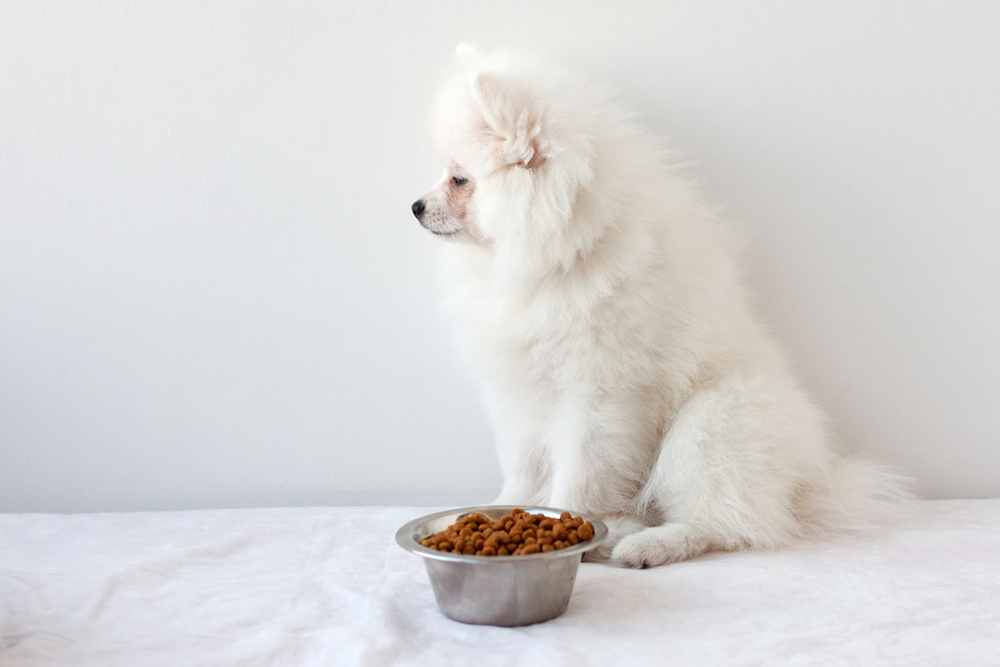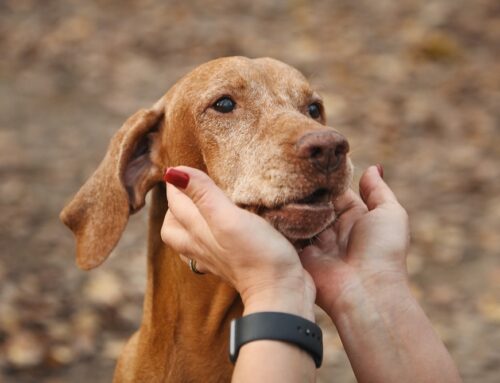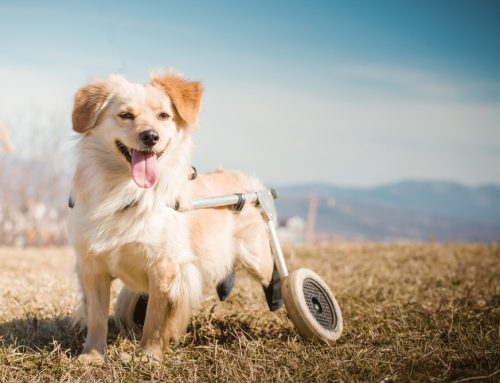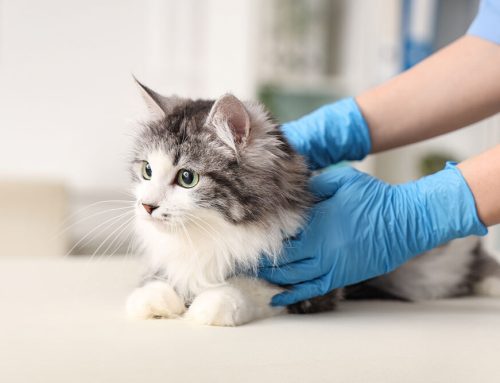As a pet owner, you likely are accustomed to feeding your pet a certain amount of food and water that satisfies their needs, so when changes occur, you become concerned. Fluctuating weather patterns can affect your pet’s food and water intake, and so can a change in diet. However, many medical conditions can also cause pets to change their eating and drinking habits.
If you see that your pet’s appetite and thirst have changed substantially, they need a veterinary evaluation to determine the cause and to get treatment. Here are five reasons why your pet’s eating and drinking habits may change.
#1: Your pet is in pain
Pain is perhaps one of the most common reasons why a pet’s thirst and appetite changes. Although pets are skilled at hiding discomfort, and can often compensate well enough to disguise lameness, pain from various health conditions can make a pet’s appetite plummet.
Medical problems that can cause pain, and therefore a decreased appetite, include:
- Osteoarthritis
- Intervertebral disc disease
- Pancreatitis
- Periodontal disease
- Skin and ear infections
- Anal gland impactions
- Urinary tract infections
- Cancer
Depending on your pet’s breed and food motivation, they may be coerced into eating if you offer tastier options, like cooked chicken breast or scrambled eggs. Labradors, for example, are known for their excellent appetites, whereas cats tend to be pickier and less likely to be influenced to eat until they are pain-free.
#2: Your pet has dental disease
Dental disease is an umbrella term encompassing many oral conditions, from stomatitis to tooth-root abscesses. If your pet is suffering from inflamed gums, oral ulcers, tooth decay, or broken teeth, their significant pain likely puts a damper on their appetite. Loose teeth can also make eating difficult for pets, as well as cold-water sensitivity from exposed tooth roots and pulp.
If you notice your pet trying to eat, but leaving their food bowl or dropping food while they eat, they likely have dental disease that needs treatment.
#3: Your pet is experiencing a gastrointestinal issue
Various gastrointestinal (GI) problems can decrease your pet’s appetite and thirst. Nausea, vomiting, constipation, or diarrhea can make your pet feel so ill that they do not want to eat or drink.
Intestinal parasites, such as roundworms, hookworms, and whipworms, can rob pets of vital nutrients and cause diarrhea, and your pet may eat more in an effort to gain nutrition. Pets will also need to drink plenty of fluids to prevent dehydration if they develop diarrhea.
GI blockages are life-threatening and can decimate your pet’s appetite. Cats and dogs have a penchant for eating inappropriate items, such as rocks, string, bones, and toys, that can become lodged in their stomach or intestinal tract and require emergency surgery to be removed.
#4: Your pet has developed a chronic disease
In addition to painful chronic diseases like osteoarthritis and intervertebral disc disease, your pet can develop other lifelong conditions that alter their eating and drinking habits. Liver disease, for example, can lead to a decreased appetite. The liver is responsible for filtering toxins from body tissues, and also acts as the metabolism control panel, so when the liver cannot function, your pet can develop vomiting, diarrhea, and excessive thirst and urination.
Pets in chronic kidney failure develop the same signs as liver disease, including nausea, vomiting, and increased thirst and urination. The nausea and vomiting are the result of toxin buildup in the blood and the pet’s appetite typically decreases.
Hormonal conditions, such as diabetes, Cushing’s disease, and thyroid imbalances, can also cause your pet to change their eating and drinking habits. Oftentimes, these subtle changes are the first clues that your pet has an underlying health condition.
#5: Your pet has a behavioral issue

Like people, pets can be affected by stress and anxiety. If your pet suffers from separation anxiety or is fearful of thunderstorms, they will likely show no interest in food or water when their stress is at a high point. Or, your pet may lap up a mouthful or two of water, or snag a few kibble pieces, but will not fully sate their hunger or thirst until their anxiety has been alleviated.
Senior pets with cognitive dysfunction also demonstrate altered eating and drinking habits. Your senior pet may forget they have already eaten, and eat or drink more than usual. Alternatively, they may forget where the food and water bowls are located, and need guidance to satisfy their hunger and thirst.
Changes in your pet’s eating and drinking habits can signify a serious health concern that requires prompt treatment. If your four-legged friend’s appetite or thirst have markedly increased or decreased, schedule an appointment with our Homestead Animal Hospital team.
















Leave A Comment